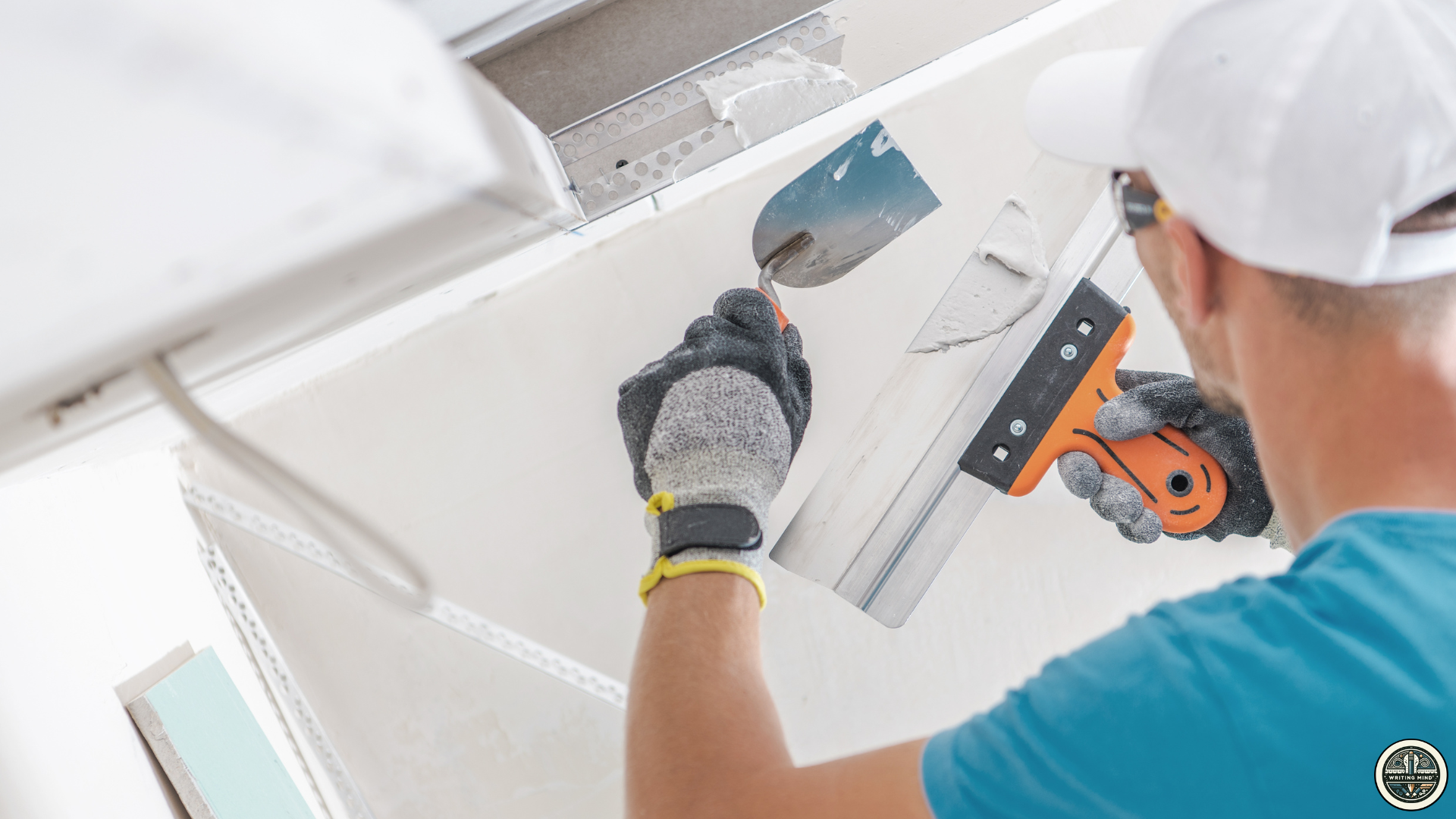Hiring a drywall contractor is supposed to make your home look better, not give you a list of new problems to fix. Unfortunately, some sheetrock contractors start off sounding professional but reveal their true colors once the job begins. That’s when gaps appear, literally and figuratively, in their work.
If you know what to look for in the first few days, you can save yourself from a full-blown renovation nightmare. Here’s how to recognize drywall contractor red flags early and protect both your home and your wallet.
The First Clues Are in the Installation

You can tell a lot about a contractor’s skill within the first few panels of sheetrock they hang. A skilled installer measures carefully, cuts cleanly, and fits each piece snugly without big gaps. A bad one? You’ll see jagged edges, misaligned seams, and screws that are either buried too deep or sticking out.
Common Signs of Poor Sheetrock Installation
If you spot large gaps between panels, crooked seams, or rough cuts around outlets and windows, those are warning signs. Screws that tear the paper or sit proud of the surface signal sloppy work, and uneven panels that don’t sit flush will create obvious bumps in the finished wall.
Why Early Mistakes Affect the Final Finish
Drywall mistakes made at this stage can’t be “fixed” with mud and paint. Poor alignment and big gaps will show through even after multiple coats of joint compound. Early errors also weaken the structure, making cracks and separation more likely over time.
Preparation Speaks Volumes

Drywall installation isn’t just about attaching panels. It’s about what happens before the first screw is driven. Professionals check for level studs, shim where needed, and plan the layout so seams are staggered for strength. They also protect your floors, furniture, and HVAC vents from dust.
When contractors skip these steps, they risk leaving you with walls that aren’t straight, seams that crack, and dust that spreads through your home. Lack of preparation usually means they’re prioritizing speed over quality.
Mudding, Taping, and the Art of a Smooth Finish

This stage separates the pros from the amateurs. The best drywall contractors apply thin, even coats of joint compound, let each coat dry fully, and sand it smooth before adding the next. They make seams disappear.
The Right Way to Apply Joint Compound
A professional uses three coats: the first to embed the tape, the second to cover the tape, and the third to feather the seams so they blend seamlessly with the drywall surface. Each coat should be thin and smooth, with adequate drying time in between.
Problems Caused by Skipping Drywall Tape
Without tape, seams will crack and it will often happen within months. A bad contractor may skip taping to save time, but it’s a shortcut that guarantees future repairs. Other mistakes, like sanding too soon or failing to feather the edges, leave visible ridges and uneven patches that paint can’t hide.
Cleanliness and Professionalism Go Hand in Hand

Drywall dust is incredibly fine and can spread everywhere if not properly contained. A professional contractor knows this and will take steps to keep it under control, while also keeping the workspace tidy and safe.
Dust Control During Drywall Work
Plastic sheeting, sealed doorways, and dust-collection tools are standard for a quality job. These measures protect your furniture, electronics, and air quality. Contractors who skip dust control are showing you that they have a total lack of respect for your home.
Why a Clean Job Site Matters
A messy workspace isn’t just inconvenient. It’s actually dangerous as well as inefficient. Tools and debris scattered around slow down progress and increase the risk of accidents. A contractor who keeps things organized is more likely to be thorough in their work.
How They Handle Questions Tells the Whole Story

Sometimes the clearest sign of trouble isn’t in the sheetrock at all. It’s in the way the contractor communicates. Good contractors answer questions, explain delays, and address concerns without getting defensive. Bad ones dismiss your input with vague promises like “We’ll fix it later” or avoid discussing problems altogether.
If a contractor gets irritated when you ask for clarification or tries to make you feel unreasonable, take that as a warning. Clear communication is a sign of professionalism; avoidance and defensiveness often point to deeper issues.
Final Word: Trust What You See (and What You Feel)

From the first sheet of drywall to the last sanding pass, trust your observations. Are the panels straight? Is the workspace protected? Do they answer your questions openly? Your instincts are a valuable tool and if something feels off, it probably is.
The best drywall contractors take pride in their work, maintain open communication, and leave you with a flawless finish. The worst ones hope you won’t notice the problems until after the check clears. Spotting drywall installation problems early can save you from unnecessary expenses and a lot of stress.


Leave a Reply